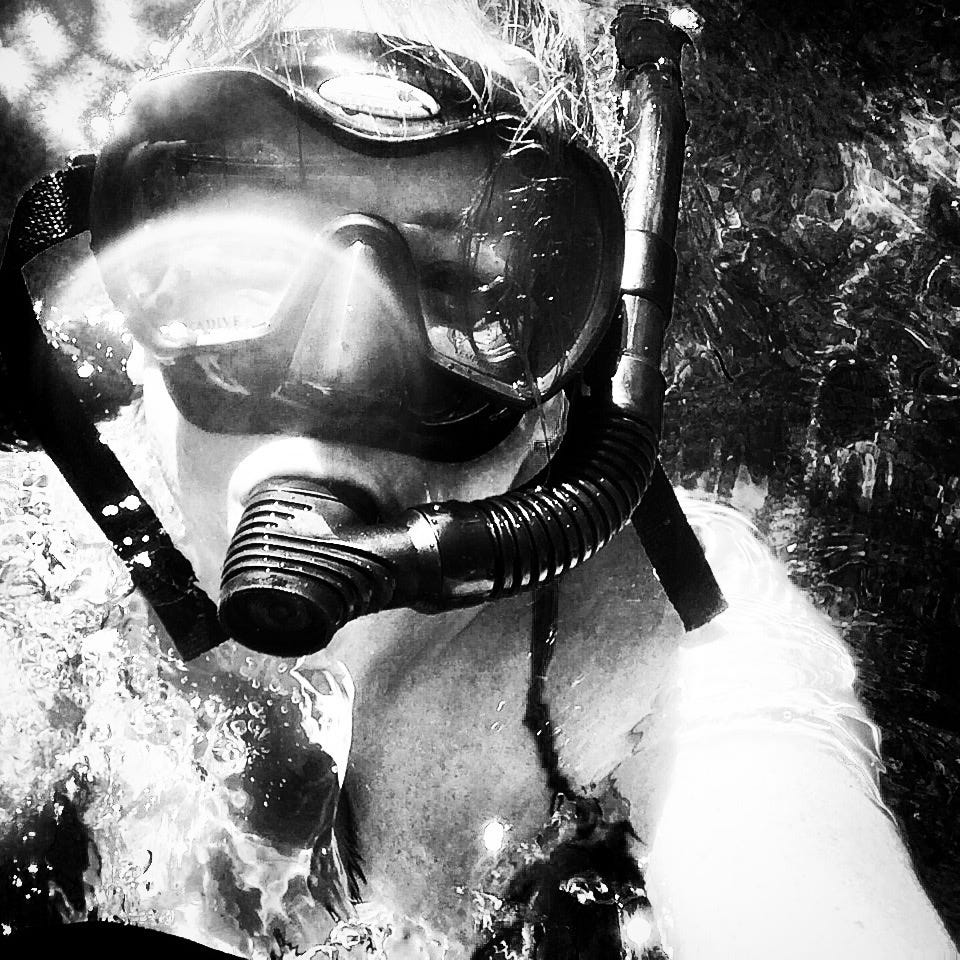
"My deepest vocation is to be a witness to the glimpses of God I have been allowed to catch." —Henri Nouwen
Ten winters ago, while my buddy Liberman was visiting us in Laguna Beach from Washington, D.C., a few weeks before Christmas, we spotted them for the first time. A tiny armada of small fishing boats had gathered after sunset and remained until the…



